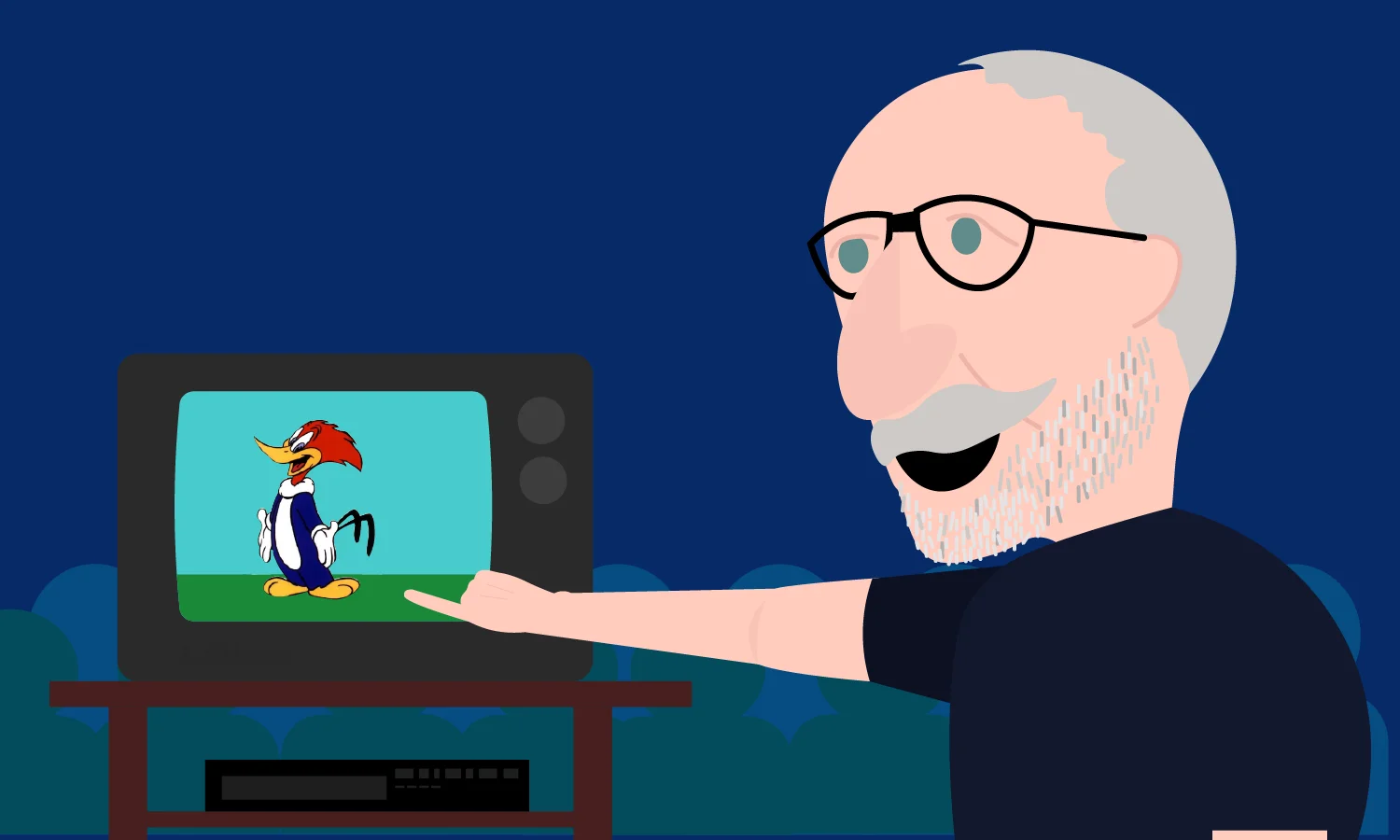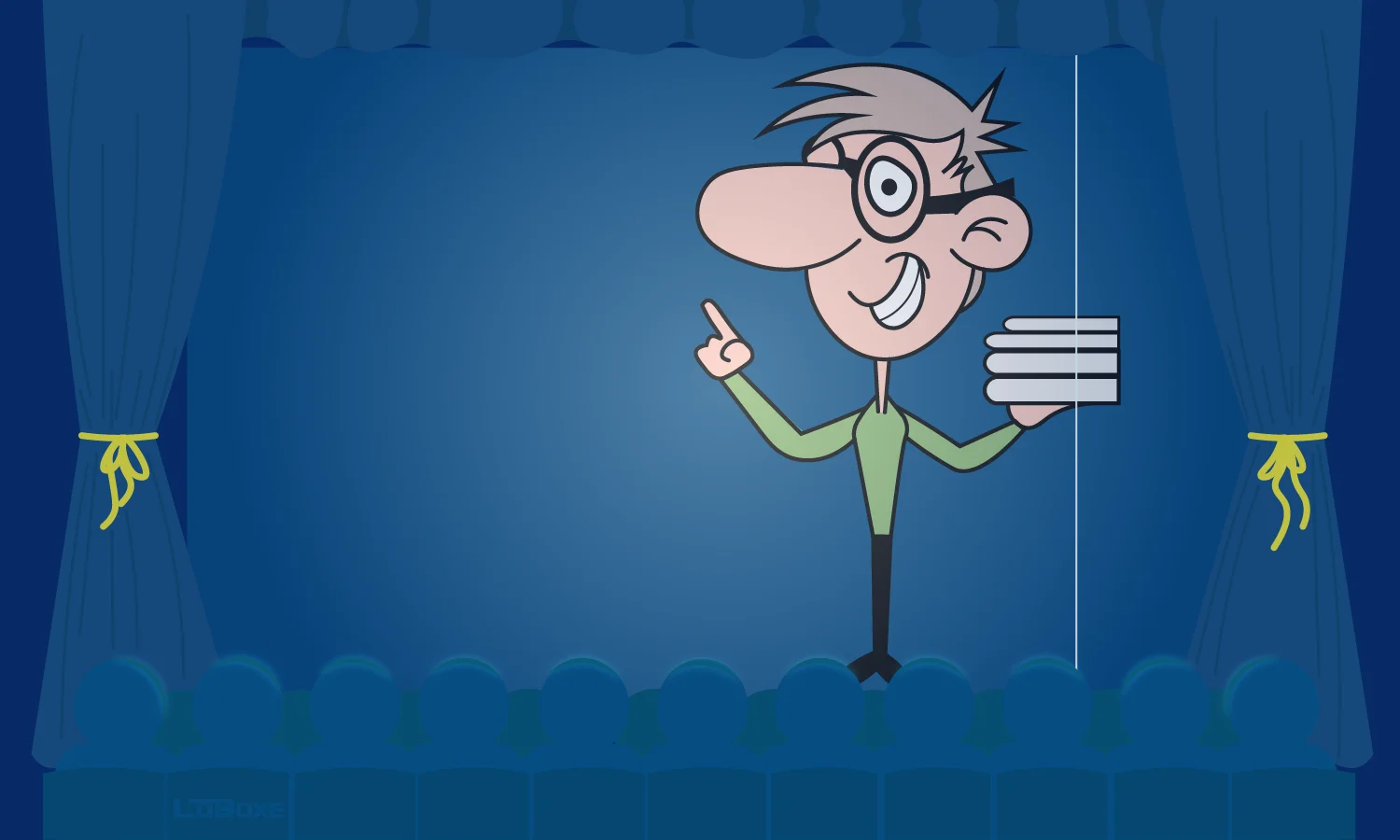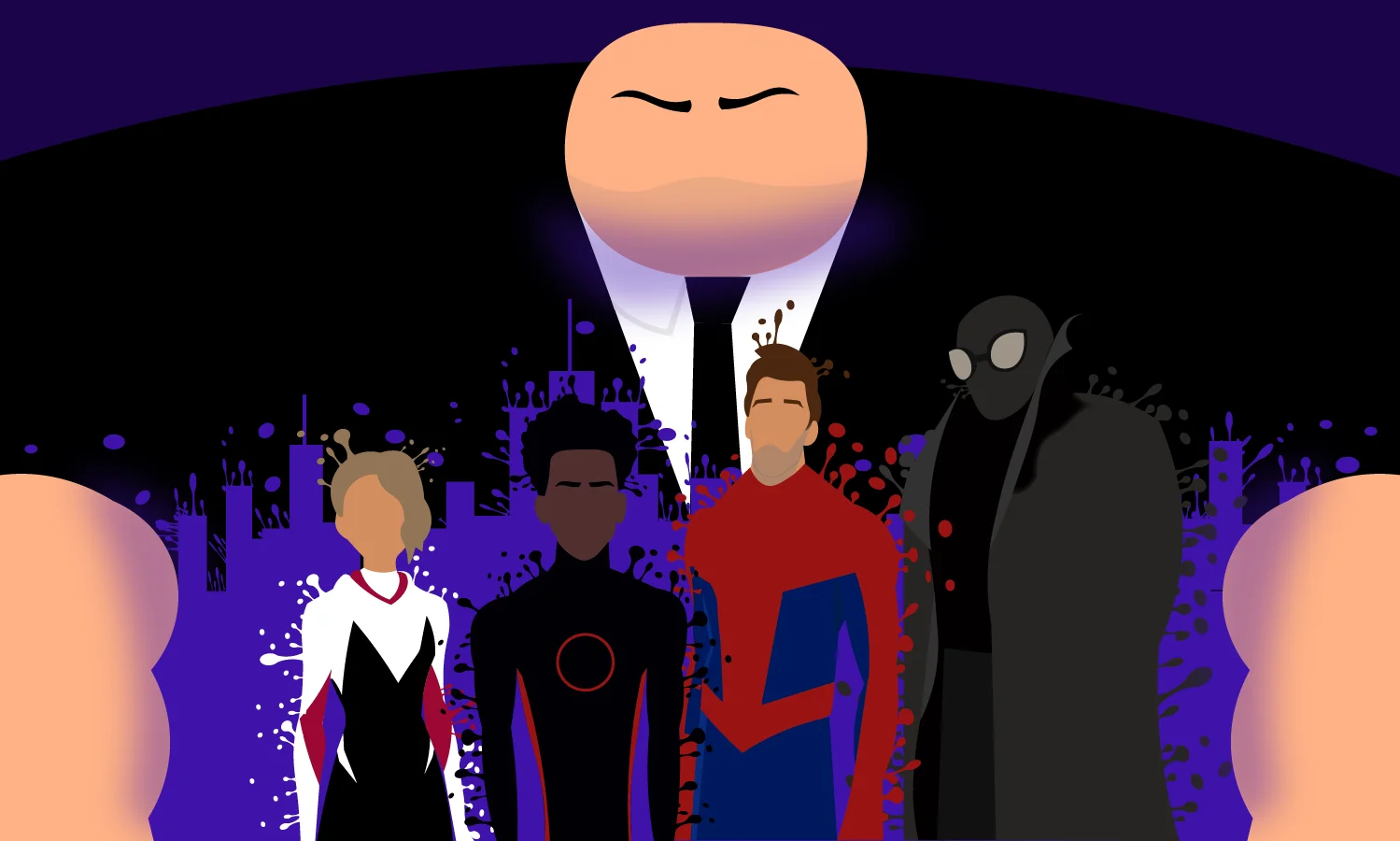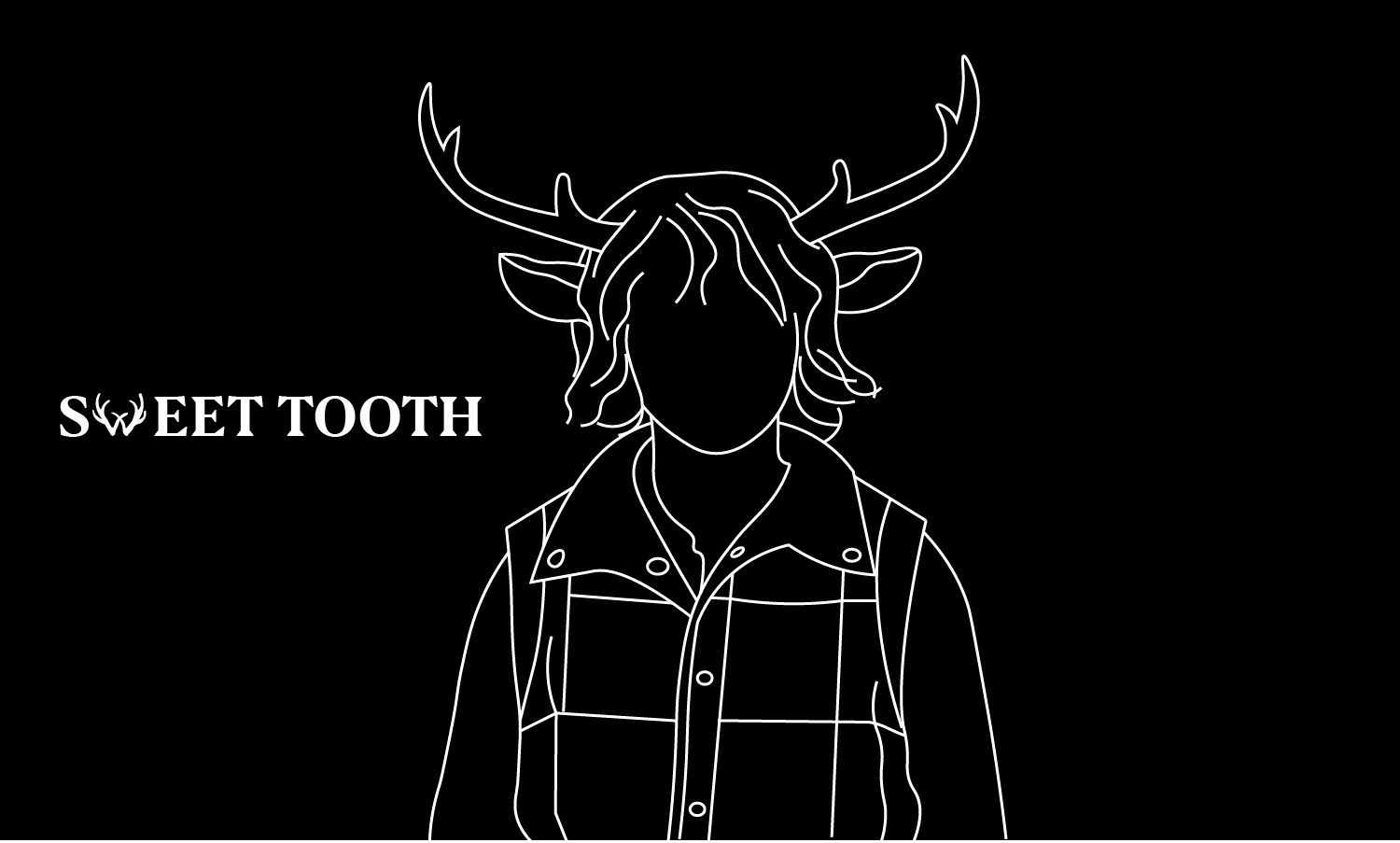Sergio Armand: "The core of Argentine animated cinema lies in its spirit of experimentation"
Jun 11, 2025
In recent decades, Argentina has experienced a significant revival of animation. Filmmaker Sergio Armand comments on both the progress and challenges faced in the field.

Sergio Armand is a researcher, journalist, and filmmaker specializing in documentaries, educational audiovisual materials, and animated films. He teaches film at the Faculty of Social Sciences at the University of Buenos Aires (UBA).
"My love for audiovisuals began at a young age," he shared. He actually had three vocational passions: the first was comic book drawing and animation, which he eventually pursued; the second was radio, in which he dedicated 38 years of his life; and the third was teaching, a path he discovered later in life. Although he had never considered being a teacher, he found it to be an incredibly fulfilling experience. Over time, Sergio believes that these three areas merged and became part of a cohesive whole.
Sergio's passion for animation began at a very young age. “Watching cartoons during my childhood was a great inspiration,” he recalls, remembering when Walter Lantz, the creator of Woody Woodpecker, presented his animated creations. “I grew up with Woody Woodpecker and Warner Bros. cartoons.” Born in 1964, Sergio reflects on that year as “the year of Mary Poppins,” although he wishes he had seen it sooner, as “in this country, these big productions sometimes arrived very late.”
"I trained in television animation, particularly with Woody Woodpecker," he repeats enthusiastically, “In Woody Woodpecker, there was a special segment featuring Walter Lantz, the creator, showing how cartoons were made.” For him, this was a pivotal moment that inspired him to pursue a career in animation. At the age of seven, he enrolled in a mail-order course for comic book and cartoon drawing, where he received his first achievement: a small diploma in the field of animation.
Another significant milestone was the Cineclub Infantil, an Argentine Saturday morning television program hosted by Victor Iturralde. This program showcased a unique style of animation that differed from traditional commercial animation. "It was a type of animation created by scratching on raw film, along with sand animation and extensive stop-motion techniques," he recalls in great detail.
“I really enjoy the intimate nature of animation. It gives me the chance to creatively bring my own projects to life!”
"I started making things," he recalls, reflecting on his high school days when he attempted to create a Super 8 short film. At that time, owning a Super 8 film camera was quite expensive. His film combined elements of science fiction with animated scenes featuring cutout figures he crafted himself. This marked Sergio's initial explorations into filmmaking. Animation was an avenue he found accessible; he could create it with his hands without needing elaborate sets or large cameras. "I appreciated the intimacy of being able to artistically create my own project," he says.
Due to various life circumstances, Sergio gradually distanced himself from animation. When he entered college, his interests shifted toward journalism and radio. However, in the 1990s, he rediscovered his passion for animation. "I created microprograms to promote animation, and we experimented with analog video," he recalls. As the digital era emerged around the turn of the 2000s, he found new opportunities and fully embraced animation once again. "I revived projects I had dreamed about in my childhood, but this time I had better tools to bring them to life," he explains.
Digital cinema turned things around for the world and for Sergio, because with a simple device, like a webcam, you could record things in low resolution and then put it into a program called Flash (now Adobe Animate). It allowed you to experiment. For Sergio, and for many people at the time, it was a luxury. “The luxury was that with just a few tools, you could access something,” he says.
With the advent of the digital age, a new generation of young people gained access to audiovisual tools. “Digital has transformed everything, impacting both commercial and independent films,” he notes. As a result, there is now a circulation of high-quality amateur short films, along with an emergence of various growing festivals, such as Anima Latina, Cartoon, Van Fest, and El Ventilador, among others. Following the rise of digital technology, independent animation has experienced a resurgence with diverse techniques. According to Sergio, the quality of Argentine animation showcased at festivals today is impressive.
Currently, a significant number of animation studios operate in the country, working independently on various projects, in advertising, and for large international companies to create visual effects for films and commercials.
“It’s impressive to see how it has revived. Although it’s not at an industrial level—there isn't a full-scale industry—there is a significant amount of production,” he explains, emphasizing his point with hand gestures. “Today, studios typically hire talent for specific projects,” he adds. For Sergio, animation studios are currently thriving on this model of taking on various projects, whether they are for films, series, or commercials. A notable example is El Eternauta, a local production that focuses on an international project. “El Eternauta showcases a wealth of local digital art in the context of a live-action production,” he asserts.
The animation techniques employed by independent animators today closely mirror the pioneering methods of the country’s first animator, Quirino Cristiani. “In some ways, we are once again experimenting and innovating in our own way,” he reflects.

When Pixar's CGI productions began to thrive, Sergio was already an adult. He recalls seeing the short film Tin Toy in 1988 before watching Luxo Jr. from 1986. He also remembers The Adventures of André & Wally B. from 1984, which was actually the first experiment conducted before Steve Jobs acquired the CGI division that had previously belonged to Lucasfilm.
Sergio became a huge fan of Pixar, recalling, “When Toy Story came out, I already considered myself an adult, and I went crazy.” He believes that Pixar's success stems from their skillful selection of techniques to tell a story. “It's not always about CGI; it's about choosing the best technique for your story,” he asserts, emphasizing that the key is to focus on the narrative.
"At that time, I was amazed, even though it felt distant. I viewed it as something unattainable. For me, 3D is a steep learning curve; it’s an area I haven’t experienced much," he says.
CGI arrived in the country relatively late, but not too late. By the late 1990s, the combination of 2D and 3D animation had become quite common in local productions. A notable example is the film Condor Crux (2000), which blended 3D backgrounds with traditional 2D animation. Additionally, in Manuelita (1999) by García Ferré, there was significant use of 3D elements in the backgrounds, as this approach became increasingly popular to address various production needs. However, this trend led some to become critical, as there was a growing perception that the key to making compelling stories lay solely in using 3D animation.
However, there was still no full 3D production in the country. Establishing this would take a decade. While Metegol (2013) (titled Underdogs in the US) wasn't the first fully 3D animated feature film, it was the most significant.
During that time, the industry faced a crisis as 3D became the standard approach, rather than being viewed as a technique suited for specific art forms. This shift led to a sort of monopoly on CGI and 3D technology.
In the country, the PakaPaka phenomenon demonstrated that good stories can be told without the need for 3D animation. The channel began to showcase work from independent production companies, including La Asombrosa excursión de Zamba (2011) produced by El Perro en la Luna. Another featured production was Media Luna y las Noches Mágicas (2012) by Esteban Gaggino. Additionally, La Casa del Árbol contributed with their production, Tincho (2012).
The belief that a project had to be done in 3D to be successful has proven to be flawed. In practice, many successful projects didn't adhere to the 3D paradigm. "3D didn't guarantee success; in fact, people began to get tired of it," he says.
Sergio observes that Argentine producers have leaned more towards traditional 2D animation instead of 3D animation, especially during the rise of the Pixar phenomenon globally. He considers this trend not just a stylistic choice among local filmmakers but also recognizes that CGI demands extensive research and development from the ground up. At that time, both Pixar and DreamWorks employed their own unique technologies and techniques.
"Experimentation is the essence of Argentine animation cinema," Sergio believes, viewing it as a distinctive trait of Argentine filmmakers. Although CGI was slow to develop, many producers quickly embraced its techniques. “Our restless spirit as artists encourages us to adopt new methods fairly quickly,” he reflects.
"I’m not sure if Argentina was missing a Steve Jobs, but it seems that here we only have millionaires who oppress from positions of power," he reflects. However, Sergio does acknowledge that there are wealthy individuals who see the potential in Argentine animation, such as Federico Valle and García Ferré.
In the 1990s, corporations began to invest in the film industry in the country. Notable companies included Grupo Telefe and Grupo Artear. Productions like Manuelita were part of Grupo Telefe. Sergio states that the primary contribution from media corporations to the film industry was financial investment. However, he argues that this lacked a visionary approach, unlike that of influential figures such as Steve Jobs, who advocated for development and innovation. He adds, “That type of visionary perspective is often found in independent cinema, which is what was missing.”
"Having faith in the abilities of others suggests that there is a necessity to improve the social structure."
Sergio highlights several factors contributing to the lack of development in CGI in Argentina, one of which is the constant crises that plague the country. He explains, “Argentines don’t have just one job; we can’t dedicate all our time to a single pursuit or receive pay to focus solely on researching new technologies.” For Sergio, the issue runs deeper. It involves cultural, political, economic, and circumstantial elements. He notes, “In the United States, professionals have the advantage of dedicating themselves exclusively to CGI development. They also tend to work collaboratively as a team, whereas here, we are often more competitive.”
From his perspective, Steve Jobs approached investment as a combination of "money and vision." He invested because he recognized potential in others. "Are we investing in others here? To invest in others, you need a supportive social fabric. Believing in the capabilities, value, and talent of individuals requires a transformation of that social fabric. It's essential to cultivate a culture that encourages personal growth," he reflects critically.
In the 1990s, during the peak of the Menem era in Argentina—a decade characterized by neoliberalism—there was significant investment from business groups and a strong desire to compete with the American model. However, there was a lack of independent exploration. According to one source, "After the era of the pioneers, the Argentine animated film industry in the 1990s attempted to imitate the international model."
From his perspective, there is significant resistance from the general public toward Argentine animated films. He believes that over the years, there has been a decline in interest in local productions. "There was a time when people used to go to see them; I think this is particularly the case with El Eternauta. It's helping to break the stigma that watching these films will be boring," he asserts.

“Creating Eugenio made me realize that animation beautifully expresses life's paradoxes and absurdities.”
Sergio directed several animated shorts, two of which are particularly notable: Demasiado tímido (2005) and Por su bien (2017). The first short was conceived long before its release; he wrote it in the 1980s and initially intended it to be a feature film featuring the character "Eugenio." Sergio commented, "When I created Eugenio, I realized that animation is a beautiful vehicle for exploring life's paradoxes and absurdities."
In fact, in the feature-length version, the character is quite clumsy in dangerously risky situations. Demasiado tímido is just one of the segments from the feature film that Sergio decided to focus on and produce. He asserts that it's a completely true story, emphasizing that it serves as a testament to the overall narrative. Originally, the idea was to create a series featuring Eugenio. Production began in 2002 and concluded in 2004. The short film was selected for ANIMA, where I had the opportunity to attend for the first time. One of Sergio's dreams is to launch the animated series in the near future.
Por su bien (2017) actually began much earlier when I was exploring the character of Eugenio. At that time, he was enrolled in Workshop 1 at the university, where he received an assignment for an argumentation exercise that essentially went like this: "A tries to convince B to understand C." From this exercise, he developed the film's central argument. However, he clarifies that at that stage, the film did not yet carry its ideological weight.
In the making of Por su bien, he experimented extensively with Flash, Photoshop, and rotoscoping, discovering elements he genuinely liked. This period coincided with discussions about the story's ending, particularly as Mauricio Macri was running for president. In response, he tried to accelerate the production process, given that the script had already undergone significant changes. During this time, Sergio felt deeply affected by the events occurring in the country, noting that he had changed a lot himself.
During the time leading up to the release of Por su bien, he was very emotional. He had undergone significant changes, which were evident in the script, as it became a critique of what he perceived as an attack on historical memory by the current government. “My goal was to have the short film released before the elections; unfortunately, I didn't achieve that,” he states. The short film was released after Mauricio Macri took office. “At that time, I felt it was essential for the short film to be released so that people could see it and understand the message I wanted to convey through animation,” he reflects.
Sergio's main motivation for this new story, which represents a complete departure from his first short, was to comment on the real context of the country. He states, "The artistic motivation was to change direction, but I didn't want to commit to that forever. In this case, I made an exception because I had something important to say."
For Sergio, science fiction can express and expose various issues, similar to how Star Trek (1960) addressed societal concerns in its time. This potential for commentary is also seen in notable dystopian works, such as Orwell's 1984 (1949), which has inspired countless dystopian stories across various platforms today.
"I must admit it was challenging as I feel closer to comedy," he concludes.


